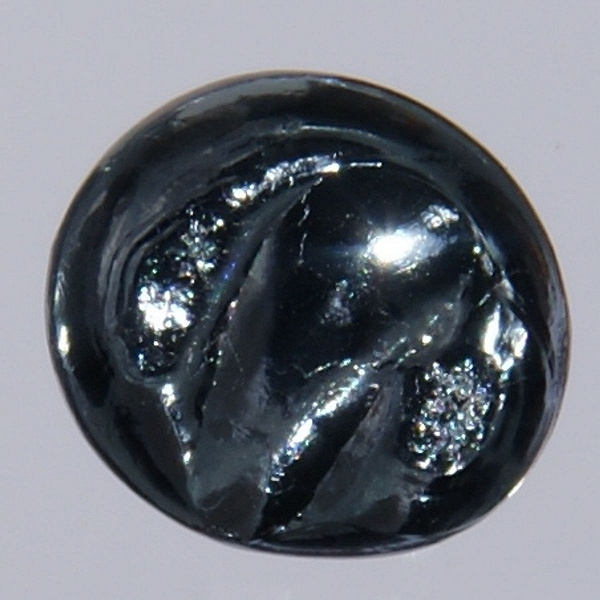The asteroid is so dense that physicists say it may contain elements not yet discovered on Earth
Some asteroids are so dense that they may contain heavy elements beyond the periodic table, according to a new study on mass density.
A team of physicists at the University of Arizona says they were motivated by the possibility of creating compact ultra-dense objects (CUDOs) with mass densities greater than osmium — the densest naturally occurring stable element with 76 protons.
«Some observed asteroids exceed this mass density threshold. Particularly noteworthy is asteroid 33 Polyhymnia», — the team writes in their study, adding that «because the mass density of this asteroid is much higher than the maximum mass density of familiar asteroids, its atomic matter can be classified as CUDO of unknown composition».
The team studied the properties of potential elements with atomic numbers higher than the highest atomic number in the current periodic table. Although osmium is the densest stable element, elements with higher atomic numbers have been obtained experimentally.
Oganesson (Og), first synthesized in 2002 by bombarding californium-249 with calcium-48 atoms, has atomic number 118 and is the densest element on the periodic table. Elements outside the periodic table were modeled and physicists predicted their properties. The Arizona team did the same thing using the relativistic Thomas-Fermi model of the atom, attempting to estimate elemental mass densities of 110 and above.
Looking at the elements found on the periodic table, they could not find elements with a high enough mass density to explain what was observed on asteroid 33 Polyhymnia, even if they were stable enough to be considered candidates.< /p>
«However, elements on the other theoretical island of nuclear stability, about 164, we predict to have mass densities between 36.0 and 68.4 g/cm 3 and are good candidates& ;raquo;, — the team wrote. «If some significant portion of the asteroid is made of these superheavy metals, then it is likely that the higher mass density could be close to the experimentally measured value».
«Our mass density results suggest that, if superheavy elements are stable enough, they could exist in the cores of dense asteroids such as 33 Polyhymnia», — added by the team in the article.
«All superheavy elements – both extremely unstable and those that are simply not observed – were combined into one “unobtaium”», — added Jan Rafelski, author of the article, in a press release. «The idea that some of them might be stable enough to be harvested from our solar system is exciting».

